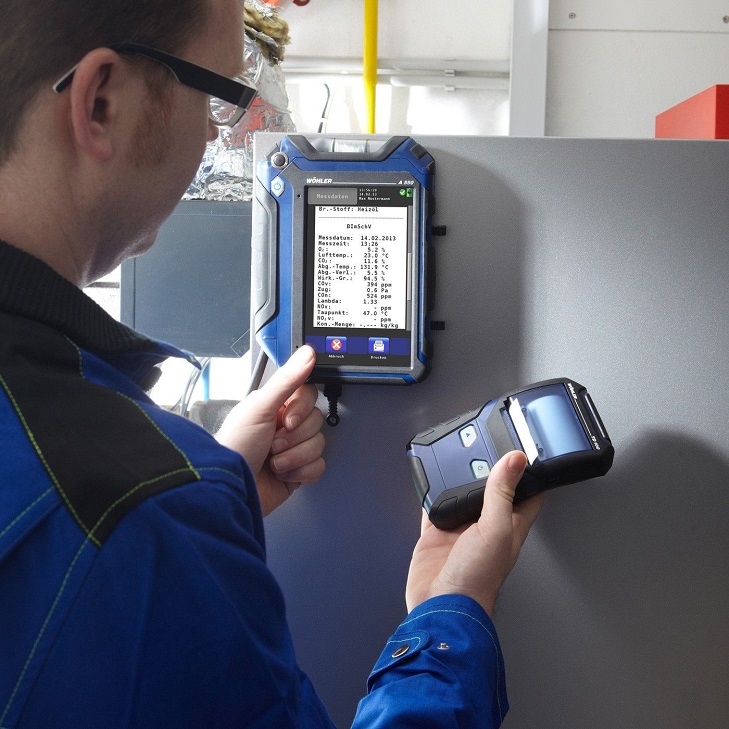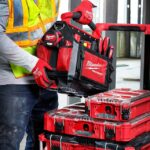
Efficiency and safety are the two most important factors when making sure that an appliance runs optimally. Household appliances are made to make our lives more convenient, and there’s an emphasis on them running safely and efficiently. To ensure that both conditions are met we use a device called a flue gas analyser. Also known as an EPCGA, an electronic portable combustion gas analyser is a device able to detect if there is a gas leak. Gas leaks are problematic issues as they can’t be noticed without a gas analyser device, which many people haven’t even heard about.


